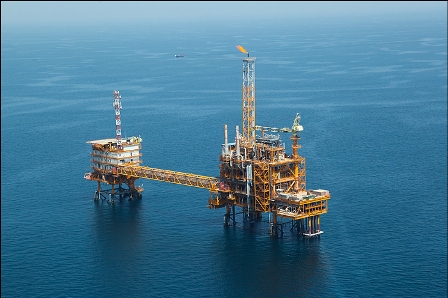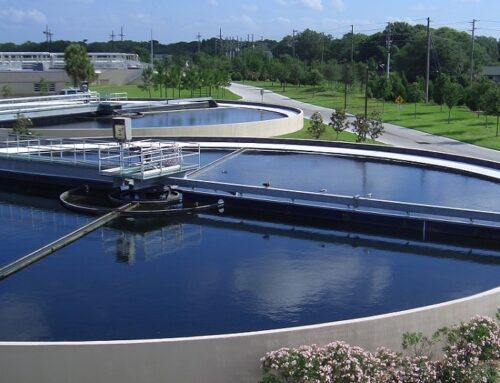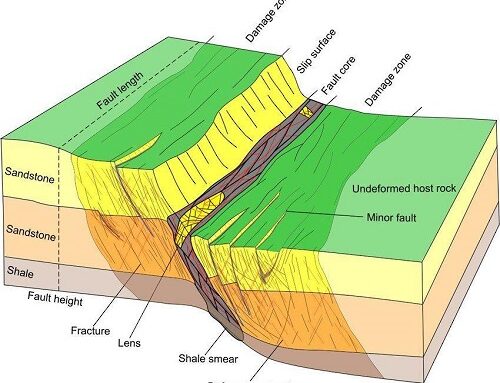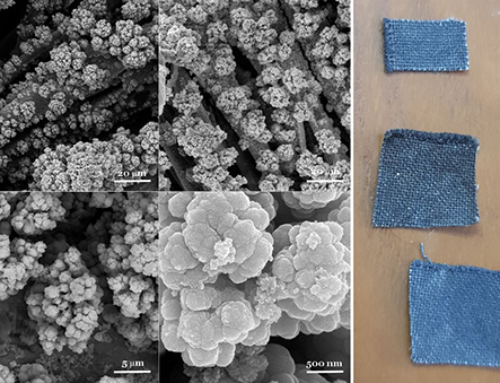Maryam Nouri, PhD candidate and researcher of the project “automatic detection of fault in seismography data using Gaussian process fitting” said: fault is an important tectonic phenomenon in petroleum engineering because the lack of proper detection of fault location and time consuming can cause many challenges in drilling operations, exploration process and hydrocarbon reservoirs engineering.
Increasing speed and accuracy in automatic fault location detection in seismography data has been one of clear features of this project. In addition, the analysis of other abnormalcies such as finding the boundaries of salt domes within seismography data has been considered.
3D seismography data is considered as massive data; in the case of faulting the region, the features appeared by this phenomenon in this data is scattered relative to the total data, thus most of data volume belongs to excess data which does not help to analyze fault.
To interpret fault, all 3D data must be interpreted; this issue leads to increase in interpretation time and cost. Interpreting fault by human factor requires a lot of expertise and experiments. However, this issue is not only for fault interpretation but it should be mentioned that fault interpretation without enough expertise and experiment makes many errors, which in some cases will lead to the failure of fault location detection.
According to increase in seismography data, the number of experts are decreased compared to data amount; therefore, the research team decide to research on automatic fault location detection in seismography data to increase speed and accuracy of fault location detection and also reduce the human error effect, time and cost of fault interpretation.
In the data mining science, the identification of abnormally includes parts, events or observations which do not conform to the expected pattern. The main issue in abnormalcy detection is to detect a special type of abnormalcy with public effects on data which is called “global abnormalcy” and diverts a large part of the data from the expected trend. The fault is a tectonic phenomenon which leads to replace rock masses and geological layers in different directions and disrupts the order and smooth flow of the layers; so, it can be tracked as a global abnormalcy in data.
By conducting this research, they can identify the fault location automatically and with higher accuracy compared to previous methods of seismography data. By identifying abnormalcy using Gaussian process fitting method, a new frontier of knowledge in geophysics and seismography information was opened which considers phenomena such as faulting or saline dome boundaries as the global abnormalcy location in seismography data.
It seems that in addition to faults, other abnormalcies in seismography data can be identified by this method which should be further investigated and tested.
The idea of this research was that seismography data can be described by a Gaussian process as long as no abnormalcy events such as faults disrupt the process of rock masses or geological layers, and if this Gaussian description is mistaken somewhere, the fault location can be considered as a possible point of fault location.
The result of this project can be used in the oil industry and all institutes that work on geological and technical studies. This project and the idea in general can be used to find global abnormalcies in various data in different science.
In fact, they managed to industrialize this project as a student project with the National Iranian Oil Company. Now, they try to complete the project with the cooperation of supervisors and master’s students and complete the output as a software for automatic extraction of fault levels. The extracted surfaces are very important in the construction of hydrocarbon reservoir models and can be of great help to petroleum engineering sciences including exploration, drilling and reservoir.
Referring to the features of this project, this project can be considered as an industrial project as a native software in the extraction of fault surfaces. Given that simple mathematical language and expression has been used to understand a tectonic phenomenon, and also that their dear students have great potential in designing new algorithms and converting expert knowledge into a programming language, this goal is not unlikely.
According to the competitive advantages of the project, the results of comparing the faults extracted by the algorithm proposed in this project are more structurally similar to the faults interpreted by the geophysicist compared to previous methods. Also, this project reduces many costs in the oil industry. Therefore, it has the potential to localize software.
Referring to the project applications, Nouri said: “This project is used in the oil industry and tectonics to identify the location of faults and the border of salt domes in three-dimensional seismic data”. The idea and algorithm of this project can be used to classify lithological facies in seismic data. The idea of this project can also be used to identify abnormalcies in the data of various sciences.






